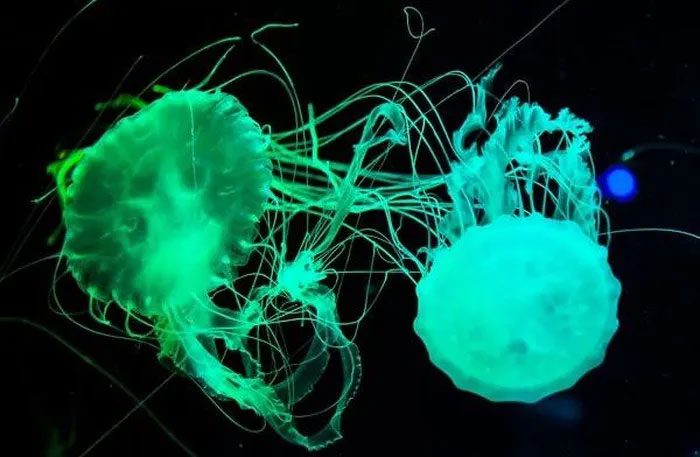Fingerprint analysis is incredibly useful in criminal investigations, helping to narrow down the list of suspects. However, the current methods of collecting this evidence involve the use of toxic powders, including petrochemical-based substances, which are harmful to the environment and can destroy DNA evidence.
This situation is set to change thanks to a collaboration between the University of Bath (UK) and Shanghai Normal University (China). The research teams from both institutions have developed a safer water-soluble dye that not only enhances fingerprint detection but also glows under certain conditions.

Jellyfish with green fluorescent protein – (Photo: Popsci).
Based on the green fluorescent protein that emits light under specific conditions present in jellyfish, the team has developed two different dyes: LFP yellow and LFP red. Once sprayed, the dye binds to negatively charged molecules and starts to glow approximately 10 seconds later.
Interestingly, the solution emits only weak fluorescence, but it becomes more intense when interacting with fatty acids or amino acids found in fingerprints created by oil and sweat on the skin, according to researcher Wu Luling from the University of Bath.
Since the dye is applied as a mist, forensic teams do not need to worry about it affecting the fingerprints. The dye also helps prevent the disruption of the crime scene that can occur when removing harmful powder, and it is even more effective than previous solutions for capturing fingerprints on hard surfaces like concrete or brick.
In the future, the research team hopes to provide their dye solution more widely and expand the range of colors available for use on various surfaces.


















































